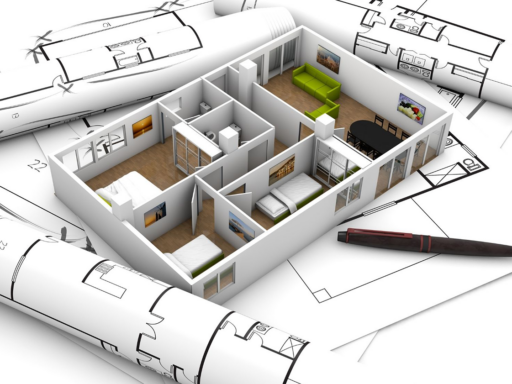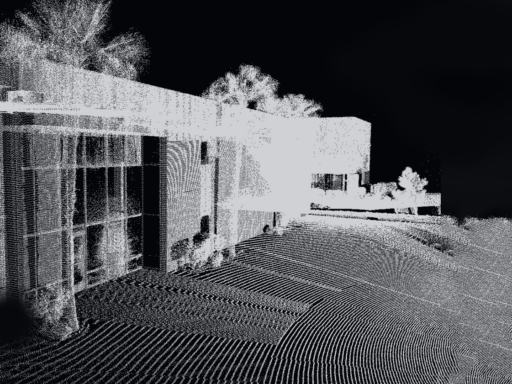The Site Model
A Site Model (SM) refers to a scaled-down representation or simulation of a specific location, such as a building site, landscape or urban area. It is often employed in architecture, urban planning and civil engineering to comprehend the characteristics of a particular site. It serves to visualize how the project will integrate into its surrounding environment and to grasp the impact it will have on the site.
Typically digital, these models can be created using computer-aided design software or geographic information system (GIS) tools, incorporating details like topography, existing structures, and vegetation.
- Site Models enable stakeholders to envision projects within their spatial context, facilitating informed decision-making. By evaluating factors such as topography and existing infrastructure, potential issues during construction can be identified preemptively.
- Site Models serve as effective communication tools, fostering dialogue among stakeholders and aiding in idea dissemination.
- Site Models play a pivotal role in project development, offering a comprehensive understanding of site dynamics, aiding impact evaluation and facilitating communication.
“A detailed site model can help us make significant decisions regarding the design, especially in architecture. It allows us to visualize how our idea would look on the site with the possibility of modifying it countless times. How much time and energy does this save us? It’s worth trying, isn’t it?” – Josefina S., Architect
What is a BIM Site Model
The Site Model (SM) is an essential component of Building Information Modeling (BIM) that provides a detailed representation of the physical site where a construction project will take place. It includes topographical data, existing structures, utilities, and other site-specific information.
- Accurate representation: The SM accurately represents the site conditions, allowing for better planning and design decisions.
- Collaboration: The SM facilitates collaboration between architects, engineers, and contractors, ensuring everyone has a clear understanding of the site.
- Visualization: The SM allows stakeholders to visualize the project in its real-world context, helping them make informed decisions.
- Clash detection: By integrating the SM with other BIM models, clash detection can be performed, identifying potential conflicts between site conditions and the proposed design.
- Efficiency: The SM streamlines the design and construction process, reducing errors, rework and costly delays.
By using a Site Model with BIM, buyers can ensure that their projects are well-planned, efficient, and successful.






